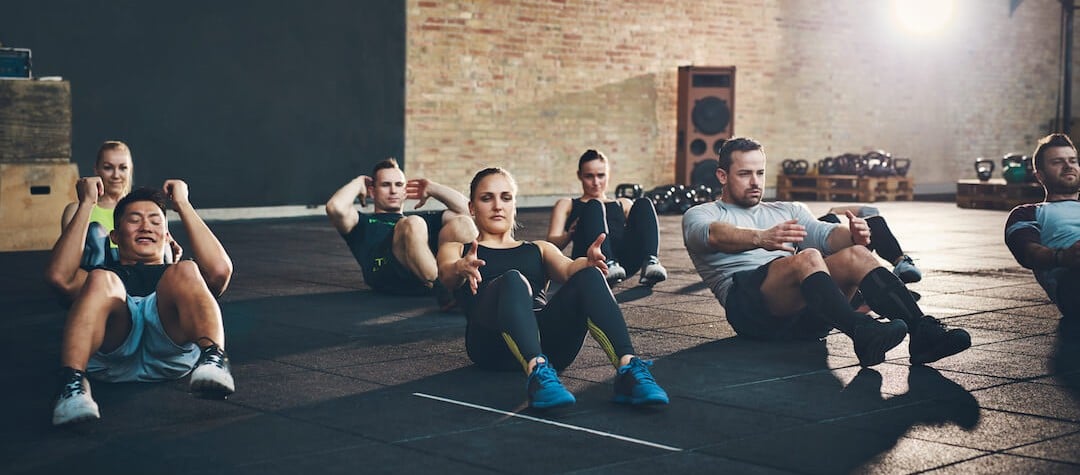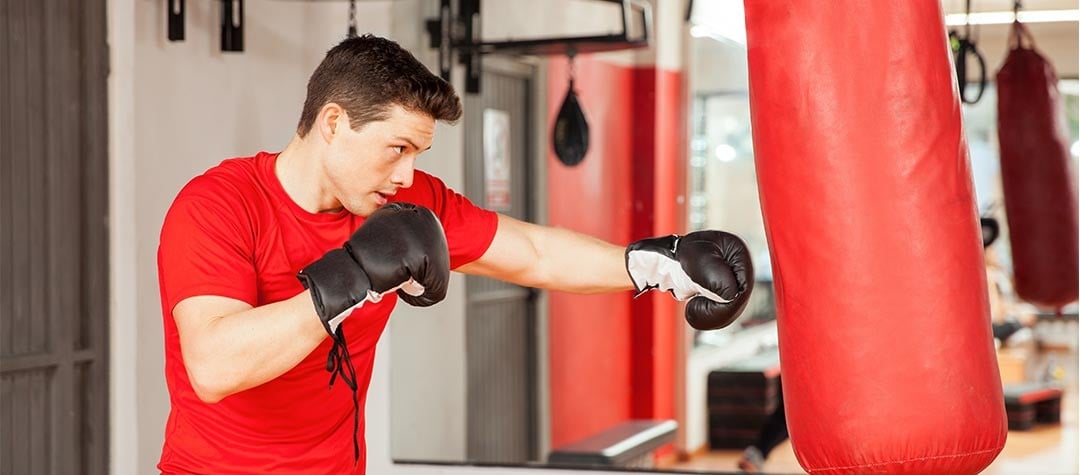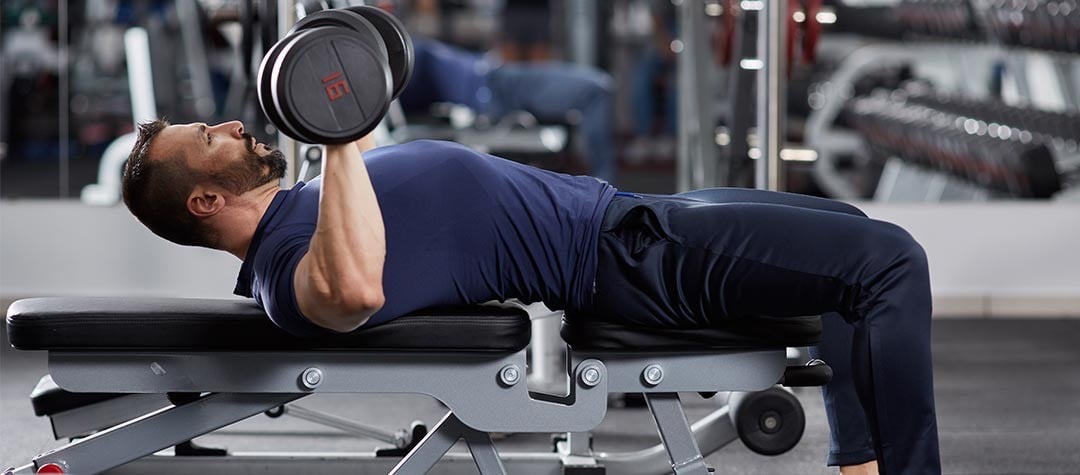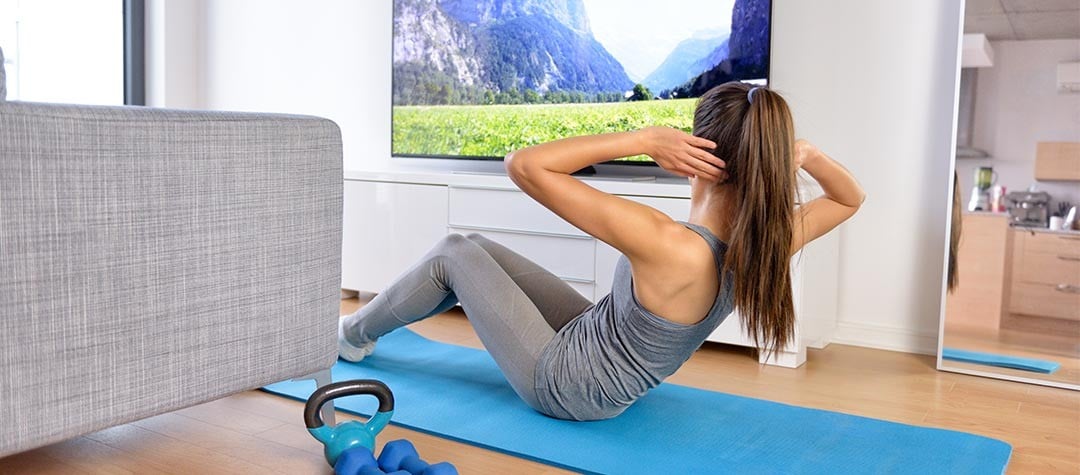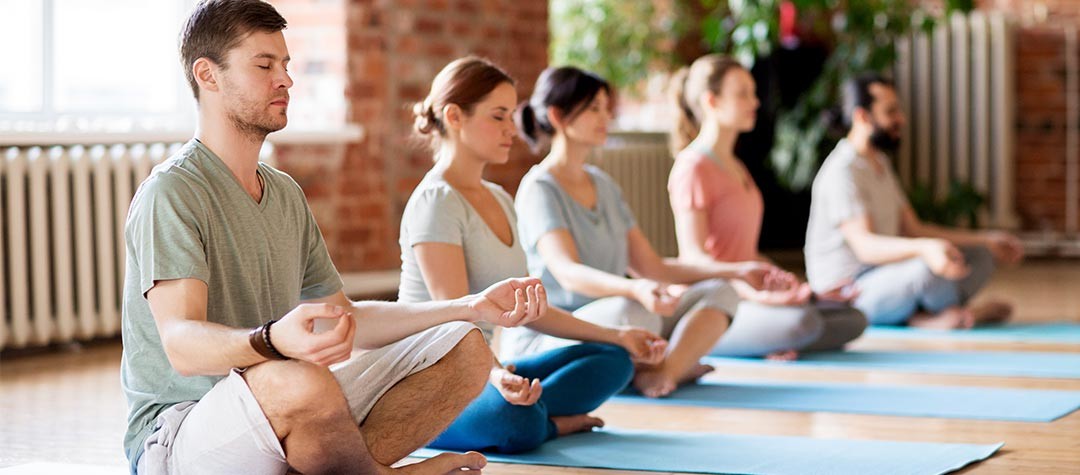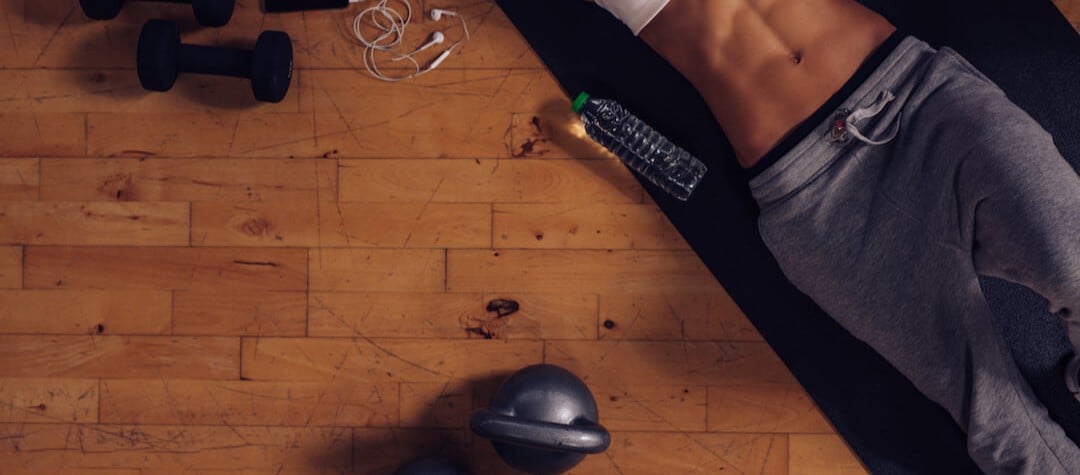So what's the best training approach for weight loss? Here we put aerobic and resistance training head-to-head to give you the verdict on the best way to help you lose weight - and importantly, keep it off.
Clearly the reason for many people to start and continue with an aerobic and resistance training programme is to lose weight or avoid weight gain. Whatever type of exercise you choose, you can guarantee that it will help you increase your calorie burn. But when you’re looking to drop a few pounds, you want to know which type of exercise is the most suitable to help you hit your target.
Aerobic training - top tips to burn calories
Aerobic training burns calories - full stop. Aerobic training is continuous exercise that gets you slightly breathless but still allows you to hold a conversation with your training partner at the same time. So, if you’re looking to lose weight, aerobic exercise is a must.
Look to exercise for a minimum of 20 minutes at a time, three times per week in order to get measurable gains. Walking, jogging, running, cycling, rowing, swimming, or gym cardiovascular machines such as cross-trainers are all good examples of aerobic exercise with the most effective ones being those which require you to support your own bodyweight.
Therefore, an hour spent running will burn more calories than an hour spent in the swimming pool because in the pool, your bodyweight is supported by the water, which requires less energy than if you have to support it yourself. Typical advice for aerobic exercise is that it should be low intensity to burn body fat, however; by making your aerobic exercise sessions more intense - by simply working harder, you can get many more benefits from your workouts including:
- Greater calorie burn - Basically, the harder your workout, the more fuel you require. If you think of a car analogy - driving at 100mph (160kph) burns more fuel than driving at 50mph (80kph).
- Longer post-exercise calorie burn - Studies have shown that inserting short, more intense efforts in your aerobic workout will significantly ramp up your calorie burn, particularly after your session has ended. This increased calorie burn can continue for many hours, which means that you burn more calories even when you have stopped exercising.
- Increased fitness - An equally beneficial by-product of spicing up your workouts with some short, fast efforts are the fitness improvements that you will enjoy. By working harder, even for short periods of time, your body will step-up to the new challenge and your fitness will improve.
Resistance training and calorie burning
Exercises using weights and/or your own bodyweight should form an integral part of your weight-loss program. One or two weekly sessions of approx 45 minutes will bring about noticeable improvements and will complement your aerobic training on different levels, namely:
- Increasing muscle mass - If you have toned muscles, the ‘energy cost’ of maintaining that muscle mass is greater than that of body fat. Hence, toned muscles gives a greater calorie burn, even when not exercising, resulting in an elevated metabolic rate 24 hours-a-day! Increasing your muscle mass doesn’t mean that you have to resemble a bodybuilder, simply carrying out a correctly structured resistance training workout will give you the required gains.
- Tighten-up and pull-in - By toning up your muscles correctly, you will find that everything gets ‘pulled in’, particularly around the stomach, so as well as burning extra calories, your shape changes as you slim down. Not strictly weight loss but an extremely visible and tangible benefit of carrying out resistance training.
Best resistance training exercises
The best resistance exercises to do are ones that use the large muscle groups; the legs, back and chest together with abdominal exercises, which usually is a target area.
Leg exercises - Lunges, squats (with or without weights) and gym machines including leg press, hamstring and quadriceps curl, all target the large muscle groups of the legs.
Chest exercises - Dumbbell, barbell or machine bench press, bench flye, pec dec, press-up (full or from the knees) all specifically exercise the large chest muscles.
Back exercises - Should be broken down into upper and lower back. Upper back exercises balance out chest training and lower back ones balance out stomach exercises so that you remain in postural balance.
- Upper back - Gym machines such as the seated row and lat pull-down are excellent for back training, which can be supplemented with dumbbell and barbell rows for variety.
- Lower back - Back extensions, either on a stability ball or flat on the floor all exercise the muscles of the lower back.
Abdominal (ab) exercises - Can be categorised as upper abs, lower abs, obliques and core.
- Upper abs - The basic sit-up, executed correctly, is a great foundation upper ab exercise which can be progressed as your fitness improves to include weight and/or carried out on a stability ball.
- Lower abs - To target the lower abs, exercises such as the v-sit, where you sit on the floor, legs elevated, hands either side flat on the floor to balance and then concertina your legs in and out from chest to fully straight is extremely effective.
- Obliques - These are the muscles at your sides, which should always be included for correct all-round conditioning. Exercises such as the side plank, plate twist and bicycle crunches target the oblique muscles.
- Core – the deep postural muscles that hold you in, keep you upright and support your whole body. Exercises with a stability ball are excellent for core training.
So, aerobic or resistance training - what’s top for weight loss?
The facts are that if you’re looking for optimal weight loss, no single discipline is the best solution. The best training method is to employ a combination of both aerobic and resistance training so that you move towards your target with several strategies. Head-to-head gives the following results:
Aerobic training
- Shaves off the pounds.
- Tones and slims the parts of the body utilized (frequently legs).
- Burns calories post exercise.
Resistance training
- Shapes the body all over.
- Helps calorie burn 24 hours-a-day.
- Burns calories whilst exercising.
Conclusions
Getting it off and keeping it off is everyone’s target for losing weight. For your exercising weight loss strategy, always look for long-term results rather than any ‘quick-fix solutions’. Quick fixes may produce short-term gains but they won’t deliver long-term. Therefore by combining both resistance training workouts with aerobic exercise you will not only reach your goals faster, the pounds won’t pile back on afterwards.
In addition to this you’ll feel better, be fitter and stronger and will develop a fantastic, positive lifestyle and good habits that will hopefully bring about positive benefits for the rest of your life.
Now that has to be worth a few workouts per week whether that is in a gym setting, at home, or elsewhere!

